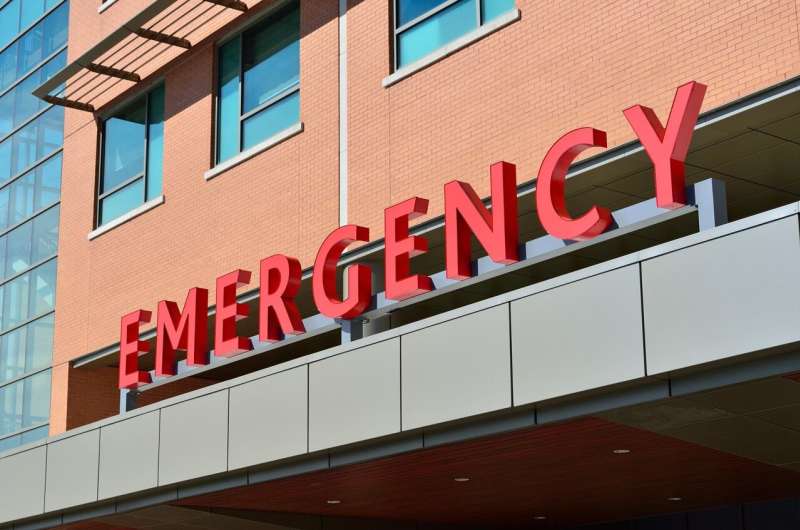Neighborhood characteristics affect how often a child visits the emergency department

Children living in neighborhoods with greater hardships, such as substandard housing or high pollution, are more likely to use emergency departments (EDs), including to address complaints that could be managed by their pediatricians, a new study led by UCSF Benioff Children's Hospitals found.
The study, published Sept. 2, 2022, in Pediatrics, is the first to evaluate neighborhood context and ED use in a national sample of children; previous research focused on one or two individual metro areas at a time.
Using the Pediatric Health Information Systems, a database from 49 children's hospitals in the United States, researchers looked at the association between ED visits from 2018 to 2019 in children up to 17 years old and their Child Opportunity Index (COI) scores. The COI is a measure of neighborhood context that may influence a child's development, and includes indicators of health and environment, education, and social and economic factors.
Children from neighborhoods with low COI scores had higher ED use, and more visits that could have been managed more cost-effectively by primary care clinicians.
"Understanding these relationships can shed light on how neighborhood context may affect children's health care access, utilization and health outcomes," said Sunitha Kaiser, MD, MSc, associate professor in UC San Francisco's Department of Pediatrics and lead author of the study. "It can also help us in designing policy, community and health care interventions to improve children's health and decrease unnecessary ED utilization and costs."
Much of the prior research in this area has examined the relationship between social determinants and health outcomes using individual or household-level predictors, such as income and insurance, the authors noted. Importantly, the COI captures historical inequities to opportunity at the neighborhood level—inequities that stem from structural racism.
"The COI focuses on neighborhood aspects that exist separately from the people who inhabit them, and that affect children's health and development through various mechanisms, such as resource availability," said Kaiser, who is affiliated with UCSF Benioff Children's Hospitals.
Potential drivers of the neighborhood findings include poorer access to primary care, lower health literacy among parents/caregivers and greater exposure to environmental hazards, the researchers stated. Future research should examine how to improve access to primary care, such as through telehealth, they added, while policymakers must continue to support health systems in addressing the broader drivers of child health, such as housing, air quality and access to green space.
More information: Sunitha V. Kaiser et al, Neighborhood Child Opportunity and Emergency Department Utilization, Pediatrics (2022). DOI: 10.1542/peds.2021-056098



















